1. Formation and Size
The Moon is believed to have formed about 4.5 billion years ago when a Mars-sized object collided with the early Earth. The debris from this collision eventually came together to form the Moon.
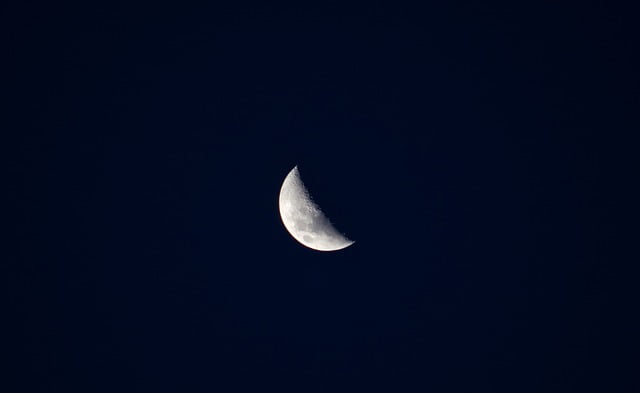
With a diameter of approximately 2,159 miles (3,474 kilometers), the Moon is about one-quarter the size of Earth. It is the fifth largest moon in the Solar System.
2. Distance
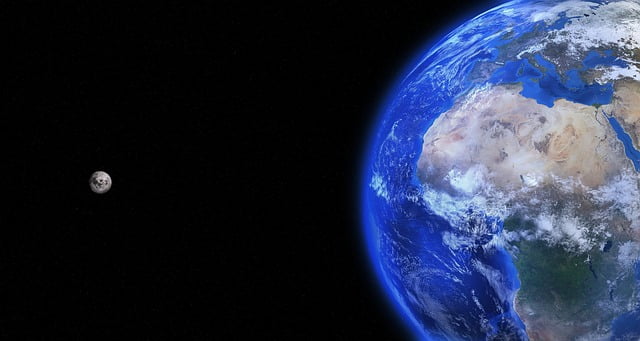
The Moon is approximately 238,855 miles (384,400 kilometers) away from Earth. This distance can vary due to the elliptical orbit of the Moon.
3. Tidal locking
Moon is tidally locked to the Earth, meaning that the same side of the Moon is always facing the Earth. This is because the Moon’s rotation period and its orbital period around Earth are the same, approximately 27.3 days. As a result, we see only one side of the Moon from Earth.
Read More: 10 Marvelous Rock Formations in the World
4. Surface Features
The lunar surface is adorned with a range of distinctive features, namely craters, mountains, and maria. Craters are expansive circular hollows formed as a result of meteorite impacts.
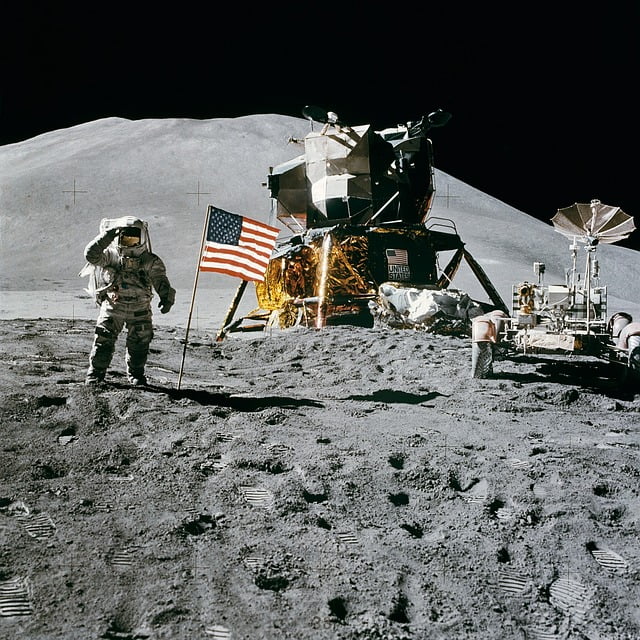
Mountains, such as the Apennine Mountains and the Taurus Mountains, emerged due to tectonic forces shaping the lunar terrain. The maria, derived from the Latin word for “seas,” denote vast dark plains that originated from ancient volcanic activity.
5. Earthquakes on the Moon
Earthquakes occur on the Moon, which are similar to earthquakes on Earth but with different causes. Moon earthquakes can be caused by tidal forces from Earth, the cooling and contraction of the Moon’s interior, and meteorite impacts.
Read More: Top Places To Visit In India With A View Above The Clouds
6. Lack of atmosphere
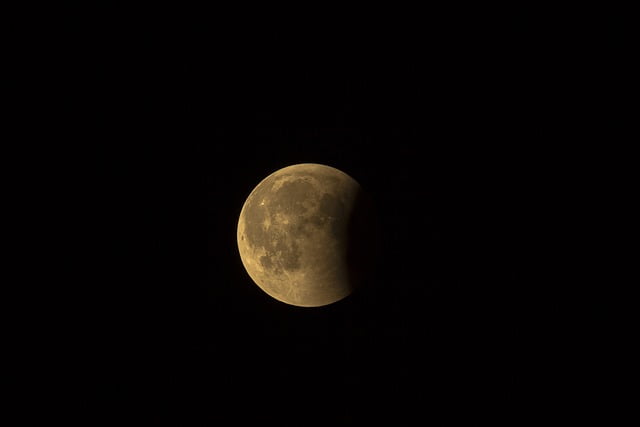
Unlike the Earth, the Moon does not have a substantial atmosphere. Its exosphere is very thin, containing scattered atoms and molecules. Without an atmosphere, the Moon has no seasons, no winds, and no erosion. This is the reason why the footprints left by the astronauts during the Apollo missions are still preserved on the surface of the Moon.
Read More: 10 Largest Freshwater Lakes in The World
7. Lunar Soil
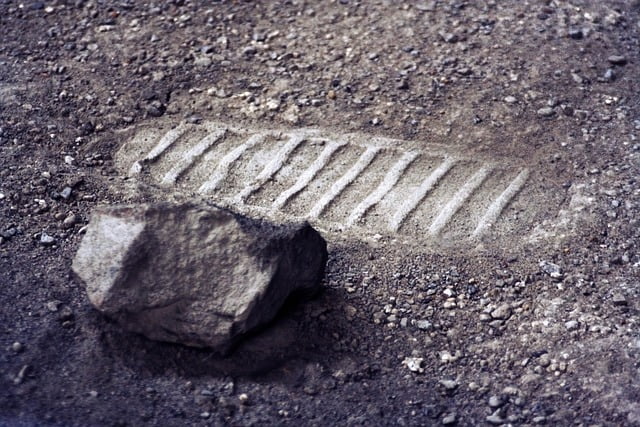
The soil on the Moon, known as lunar regolith, is made up of fine dust, small rocks and large boulders. Regolith is the result of meteorite impacts on the Moon’s surface over billions of years.
8. Lunar day and night
One lunar day is approximately equal to 29.5 Earth days. During a lunar day, which lasts about 14 Earth days, the Sun continuously shines on one side of the Moon. The other side, called the far side or “dark side” of the Moon, remains dark.
9. Effect of Moon on the Earth

The Moon plays an important role in the tides of the Earth. Due to its gravitational pull, tides rise and fall in the ocean. The Moon’s gravitational interaction with Earth also helps stabilize the planet’s tilt, which affects the stability of our seasons.
Read More: Top 7 Natural Wonders Of The World
10. Moon Mission
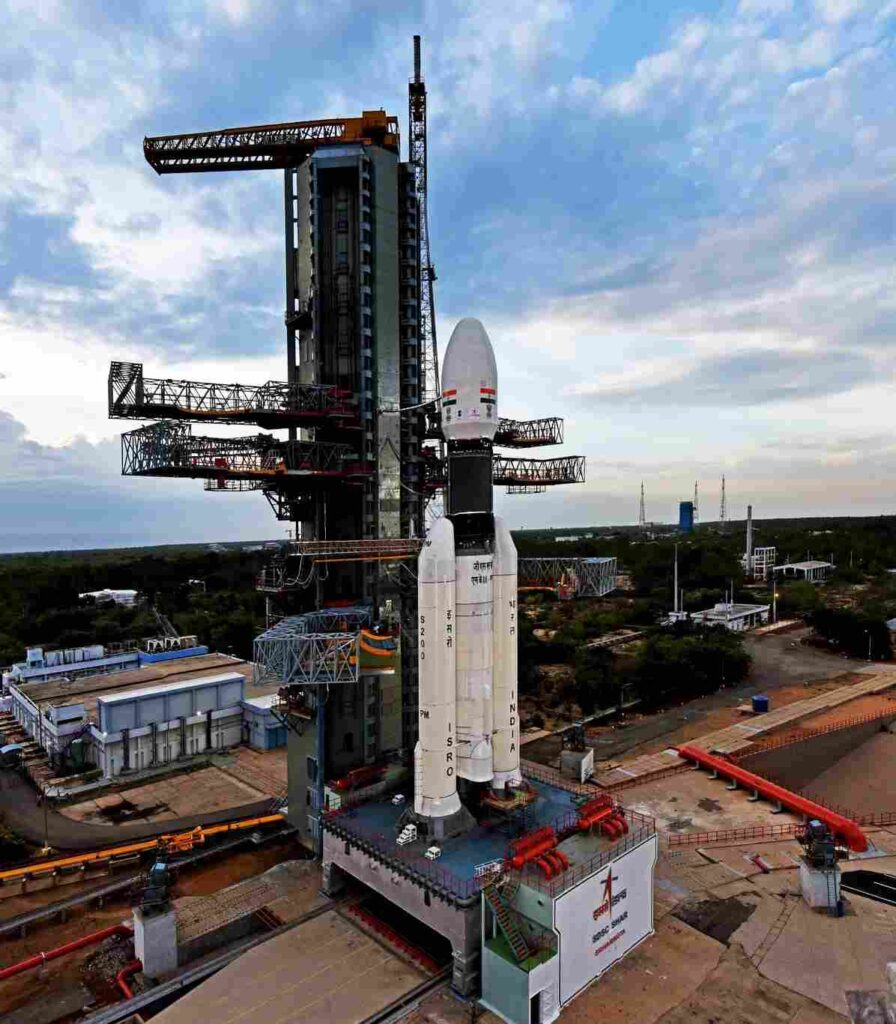
Moon has been the target of various space missions. Astronauts Neil Armstrong and Buzz Aldrin became the first two men to walk on the surface of the Moon. The Apollo missions continued until 1972, with a total of 12 astronauts stepping on the Moon.
